#ming style
Text

Tianjing Pavilion, Lake Shi. Suzhou, China,
Photo by Jeff Deng
#art#design#architecture#history#luxury lifestyle#style#pavillion#ming dynasty#china#lake shi#suzhou#tianjing pavilion#jeff deng#1612
2K notes
·
View notes
Text
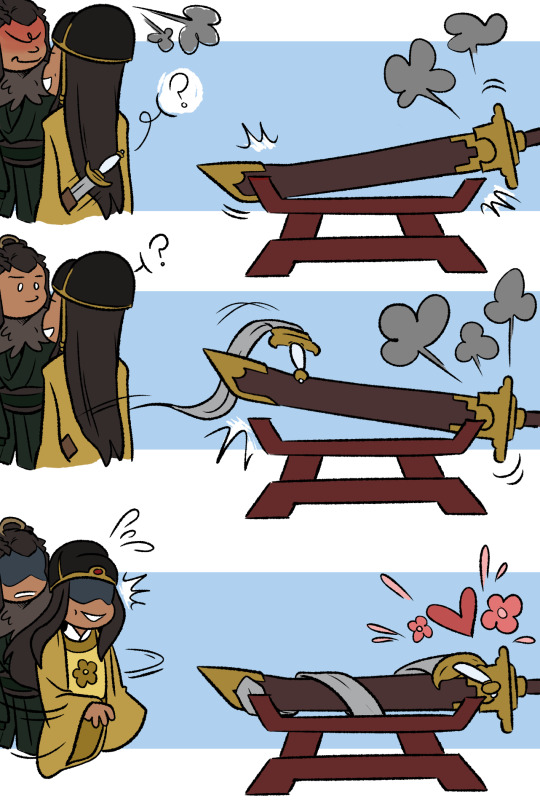

@hereticcryptid i'm late responding to this prompt, but have a continuation on baxia and hensheng wanting more cuddles than one would normally expect from a spiritual sword!
#we're really channeling some e-ming energy here - let the flexible snake sword cuddle!#mdzs#nieyao#jin guangyao#jgy#nie mingjue#nmj#meng yao#baxia#hensheng#grandmaster of demonic cultivation#he's touch-starved your honour and the swords are going to expose it#my art#look either someone else needs to rec me a fic that uses this prompt or i'm gonna need to write my own#because i'm honestly enchanted by this concept#someone must have done some e-ming style sword silliness in this fandom right? link me goofy nieyao nonsense please and thank yooooou
258 notes
·
View notes
Text
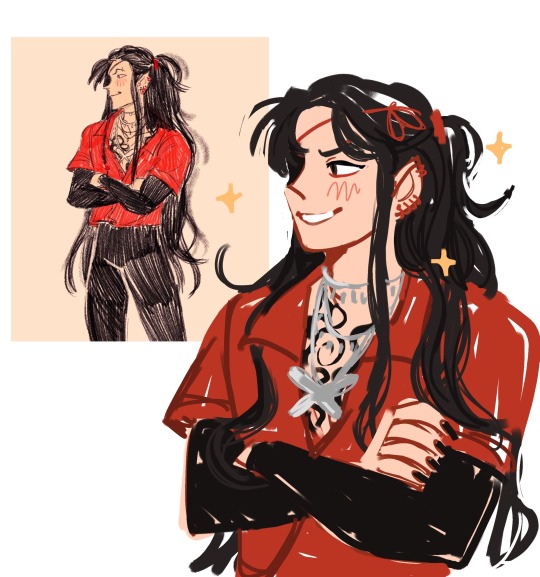
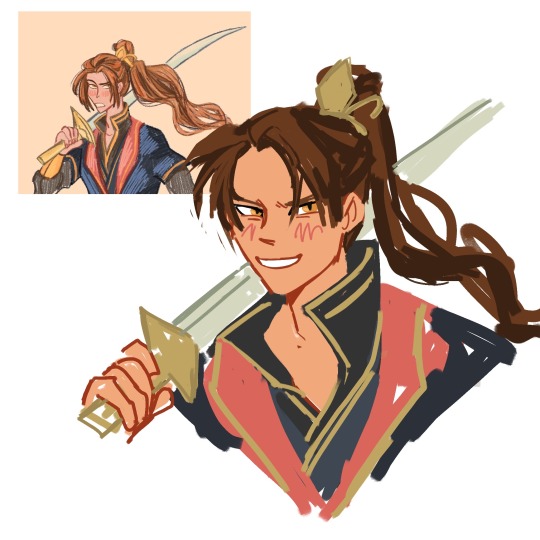
in honor of s2 coming out soon, here r some redraws of tgcf pieces i did in 2021
#tgcf#doodles#hua cheng#pei ming#i love my old style still but that coloring was so time consuming lmao
645 notes
·
View notes
Text

439 notes
·
View notes
Note
super loving your art!!!!!!!!!!!!!!!;;;
Omg thank u so much!
its mostly goofy, but i love them nonetheless

#svsss#fanart#danmei#digital art#scumbag system#inconsistent art style#digital artist#doodle#shen qingqiu#yue qingyuan#ming fan#ning ying ying#shang qinghua#luo binghe#scum villain#shen yuan#liu qingge#berriicherry#tag urself#in the tags
234 notes
·
View notes
Text
[Hanfu · 漢服]Chinese Late Ming Dynasty(1368-1644 AD) Hanfu Photoshoot
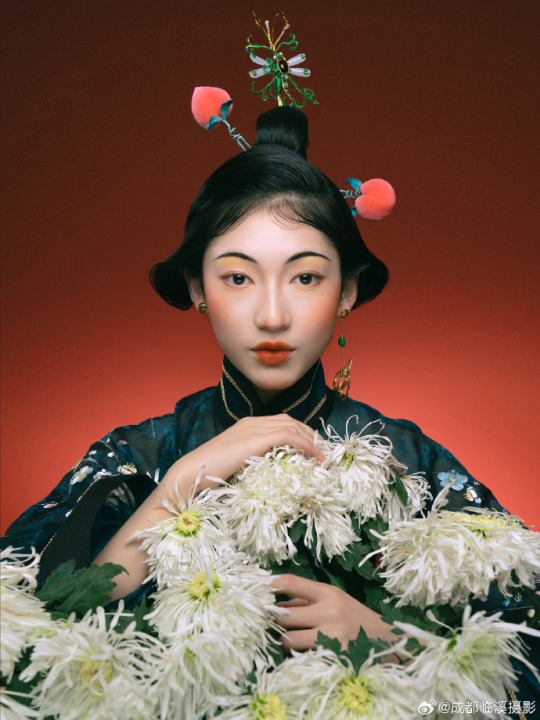
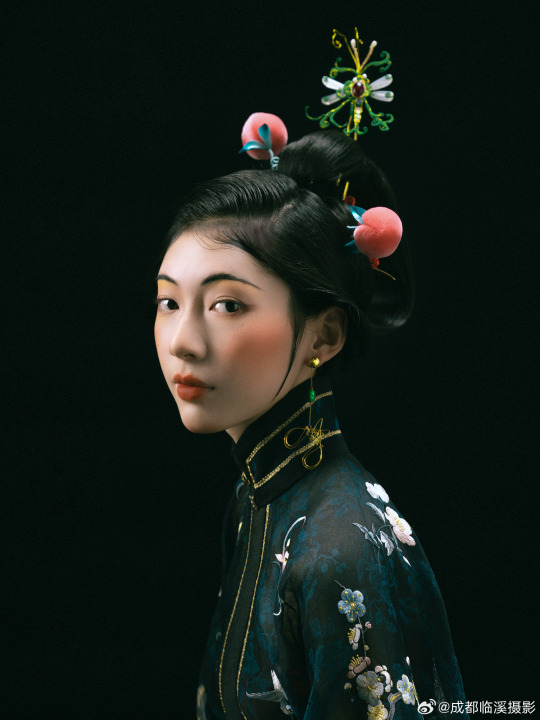
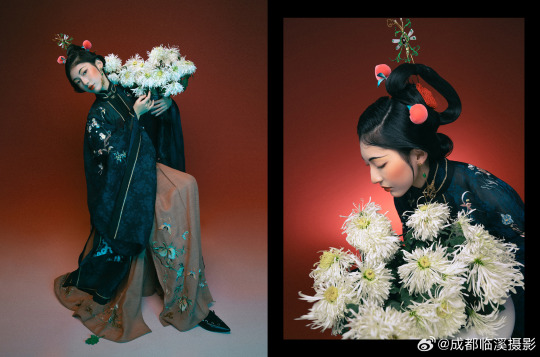
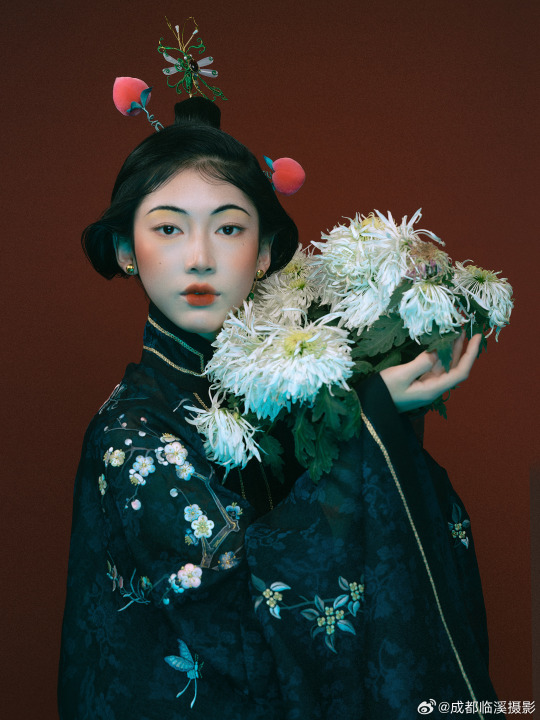
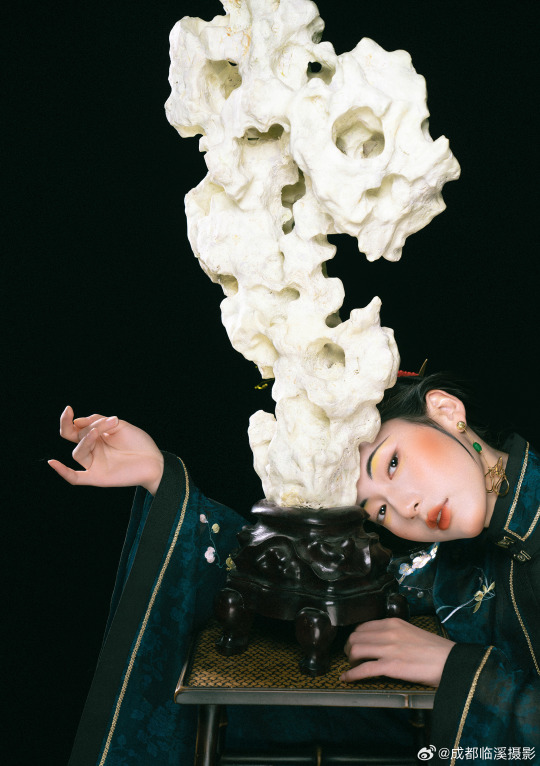
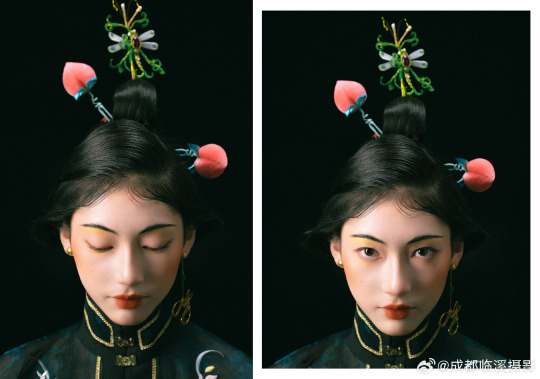
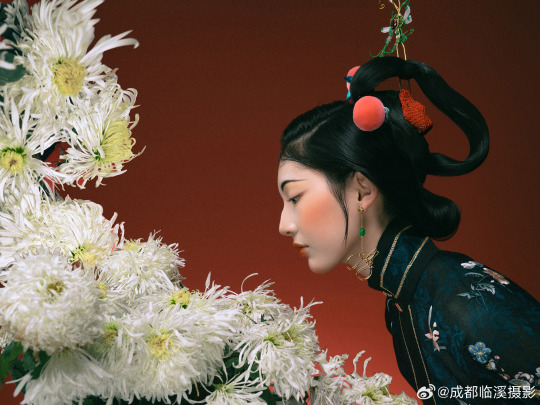

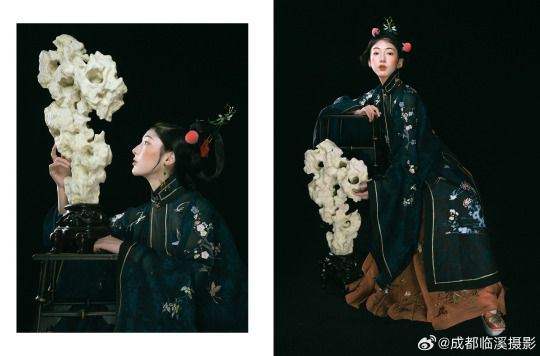

_______
📝 Plan:@成都临溪摄影
📸Instructor Photographer: 何力
💄Stylist: ��丽
🧚🏻 Model:宋长月
🔗Weibo:https://weibo.com/1648616372/Ny8c8eMo2
_______
#chinese hanfu#Ming Dynasty(1368-1644 AD)#hanfu#hanfu accessories#chinese traditional clothing#hanfu_challenge#china#chinese#hanfu photoshoot#hanfu fashion#chinese historical fashion#chinese style#漢服#汉服#中華風#late ming
195 notes
·
View notes
Text

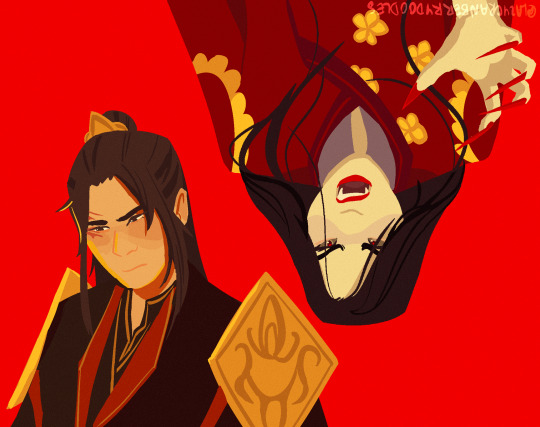
a god and a ghost walk into a bar
#doing a lineless style! and also if im gonna work in rgb and not cymk i may as well take advantage of it yknow#hopefully this can become a series but i have butterfingers when it comes to …. the future#art#my art#tgcf#tgcf fanart#hob#heaven official’s blessing#heaven official's blessing fanart#pei ming#xuan ji
291 notes
·
View notes
Text
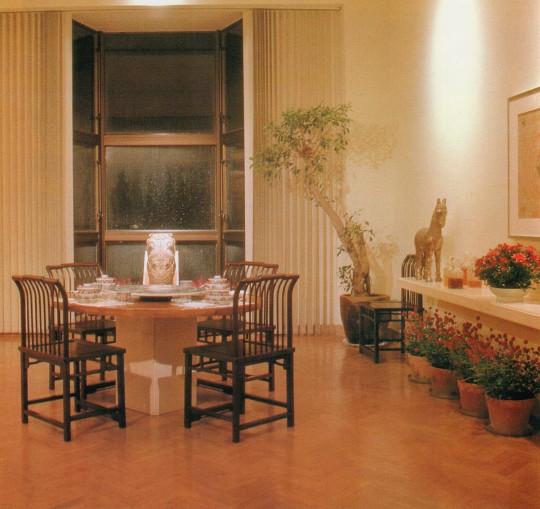
Honed, like the entire collection, to essential simplicity, the Dining Room is appointed with a Chinese table and elegant Ming Dynasty chairs. From India a wooden horse head, in front of the bay window, and a standing horse figure provide subtle cultural contrast to a Korean screen.
Contemporary Apartments (The Worlds of Architectural Digest), 1982
#vintage#vintage interior#1980s#80s#interior design#home decor#dining room#bay window#parquet floor#house plants#sculpture#Ming dynasty#antique#chairs#furniture#contemporary#chinoiserie#style#home#architecture
292 notes
·
View notes
Text

Lanvin f/w 2011 rtw
Creative Director Alber Elbaz
Model Ming Xi
Newest Cool
#newestcool#newest cool#lanvin#fw2011#fw 2011#fw 11#fw11#fall winter 2011#Alber elbaz#ming xi#2000s fashion looks#2000s style#2000s aesthetic#2000s model#2000s look#2000s outfit#model portrait#model portraits#beauty look#runway beauty#runway makeup#beauty editorial#beauty campaign#fashion editorial photography#archive fashion#fashion archive#fashion moodboard#modest high fashion#modest fashion#modest movement
80 notes
·
View notes
Photo
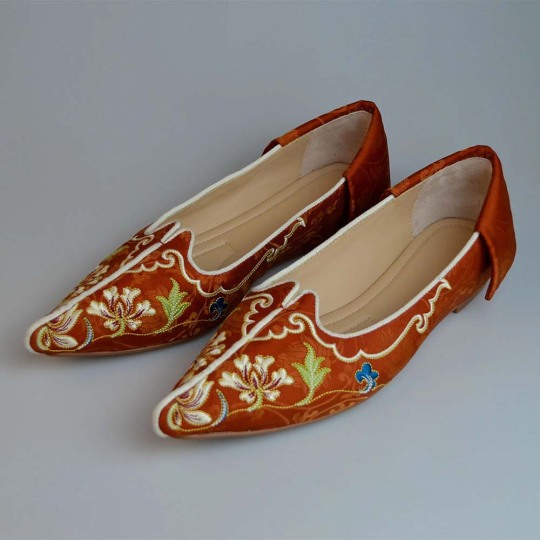
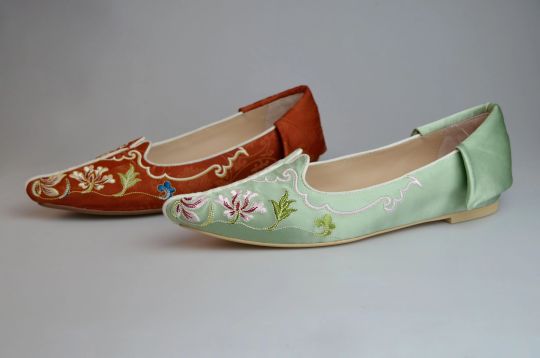
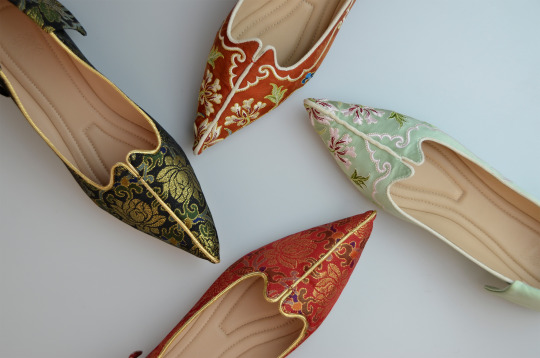
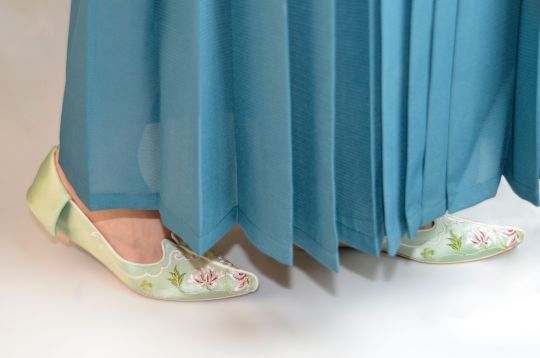

ming-style pointy shoes by 鶯梭
#鶯梭#hanfu accessories#hanfu#shoes#ming style#embroidery#complicated feelings for this type of shoes#太像三寸金莲#放这里做个记录好了
101 notes
·
View notes
Text
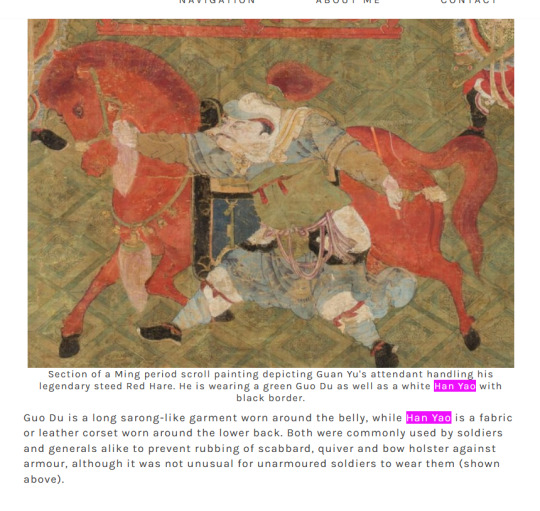
Section of a Ming period scroll painting depicting Guan Yu's attendant handling his legendary steed Red Hare. He is wearing a green Guo Du as well as a white Han Yao with black border.
Guo Du is a long sarong-like garment worn around the belly, while Han Yao is a fabric or leather corset worn around the lower back. Both were commonly used by soldiers and generals alike to prevent rubbing of scabbard, quiver and bow holster against armour, although it was not unusual for unarmoured soldiers to wear them (shown above).
Source.
//Putting this here as a reference, as I always wondered what was that corset-like waistguard I see on soldiers and sometimes bandits and other kung fu outfits in some wuxia films. I always thought they were neat and if they had a function besides guarding the waist.

So what would be the deep purple garment worn by a yellow sash in this above picture is likely the guo du?? Did I draw it incorrectly? Though I've seen it described as the 'waist cushion' in English too, as seen below:

Though I think the Han Yao is the 'waist cushion' here?
Istg Chinese clothing history is an entire 4-year university course ;_; I wouldn't mind being given corrections and suggestions from the Chinese side of Tumblr.
#look when you're drawing someone you better know what you're drawing#nevermind the Main Story takes place in the Qing dynasty where Rui wouldn't be allowed to keep his long hair and hanfu#he styles himself as a Water Margin-esque bandit#and proud of coming from the Ming Dynasty (despite knowing near to nothing about it)#[About Ruixiong]#history#reference
43 notes
·
View notes
Photo
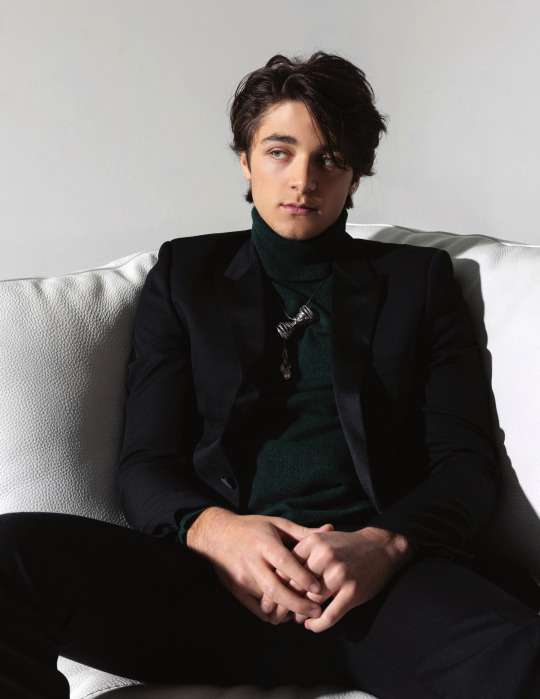
Asher Angel photographed by Ivan Yongqi Liu for GR8T Issue 08, Winter 2022. Asher wears blazer, turtleneck and pant Saint Laurent, necklace Ming Song Haute Joaillerie Paris and ring Vivienne Westwood
185 notes
·
View notes
Text



Sword (jian) and scabbard, probably made in the court workshops of the Yongle Ming Emperor. Chinese, Ming Dynasty, early 15th century.
The hilt is of gilt iron. The grip is of gibbous rectangular section, punched with small circles to imitate ray skin. Down the centre of the front is a raised spine bordered by tiny flames at either side.
The pommel is of trilobed form, bordered at the front and rear by bands of golden scrolls. The front panel of the pommel is chiselled and fretted with a dragon surrounded by interlacing flames, with triple claws on each paw. At the rear of the pommel, the central panel is decorated with a monster mask (kirtimukha), surmounted by a silvered crescent and golden disc, and with human hands, also surrounded by flames. At either side of the pommel are the Eight Buddhist Emblems of Good Augury (ba jixiang): the wheel of law (dharma), the standard, the treasure jar, the pair of fish, the endless knot, the lotus, the parasol and the conch shell of victory.
The guard is embossed in the form of a monster mask, surmounted by a silvered crescent and golden disc. The face is punched with circles, the canine teeth silvered, the eyebrows and whiskers chiselled and gilt. The horns are in the form of crab claws. At either side of the mouth is a paw in the form of a human hand. The head is surrounded by scrolling curls of mane. The rear of the guard is rendered as the underside of the jaw, with a set of silvered teeth, and a narrow beard running into a throat of alternate silvered and gilt bands.
The blade is associated but is probably a later replacement of Tibetan manufacture. It is formed of pattern-welded steel, of diamond section, straight and double edged. The pattern welding produces a mirrored pattern of addorsed crescents at either side of the medial ridge. The tang is of rectangular section, tapering towards the pommel, with a large expanded peg-hole towards the end. The edges have been ground and sharpened.
The scabbard is of wood covered in green stained leather and bound with gilt iron. At the throat is a V-shaped cut out at the front for seating the blade, and a scalloped cut-out in the leather to accommodate the guard. The throat retains traces of the scarlet silk with which it was lined. The iron binding comprises a long, facetted strip running all the way round either edge.
There are eight transverse bands at the rear, the uppermost and fourth of which are wider than the others, and extend round the front of the scabbard forming suspension loops. The edging strip has four main facets, with an additional narow facet at either side. It is decorated with scrollwork in gold running down each facet, and matching that on the pommel. At either end is a set of three golden lotus leaves.
The front panel is divided stylistically into upper and lower sections. The upper section is decorated quite plainly; a series of five beaded transverse bands divide it into six sections, and there are three vertical bands of fretted four-petalled rosettes in each section.
At the throat is a cusped section with a beaded border, below which is a band of flames. The ornate lower section has six smaller segments, divided vertically and horizontally by fretted 'vajras', each with a 'yinyang' symbol in the central knop. The half-'vajras' at either side emanate from the heads of lions, and the vertical bands of decoration at either side are formed by rows of flames.
Above and in the middle of these divisions are two square panels, each containing a cusped lozenge shaped central medallion, the corners decorated with interlacing flames. The uppermost of these two panels contains two dragons intertwined amid flames, with the heads at top right and bottom left; the lower has two similar dragons, with thicker bodies, and with their heads confronted at the left and right.
The chape section is decorated with a large panel of interlacing flames, within a beaded border. At the rear of the scabbard, the upper band is decorated with alternating gold and silver scrollwork, and terminates in a rosette at the front. The next two narrow bands are decorated with silver scrollwork only. The fourth is decorated at the rear like the top one, but is extended accross the front in a broad band; it is chiselled with four medallions decorated with gilt characters on silver grounds, and surrounded by interlacing gilt flames. The three lower bands are decorated in gold scrollwork.
The rear chape panel has a small, flat piece of rather coarse, scrolling interlace at the bottom, and narrow bands of petalled rosettes at either side.
A four character Tibetan inscription on the lower suspension loop reads 'khi'u ga ral gri' (honourific sharp sword).
China, 15th century (About 1420),
Leather, Ferrous, Gold, Silver, Semi-precious stone, Silk, Wood,
Dimensions:
Blade Length: 30 inches
Overall (sword) Length: 35 inches
Courtesy: Royal Armouries Museum, Leeds, United Kingdom
Sword (jian) and scabbard, probably made in the court workshops of the Yongle Ming Emperor. Chinese, Ming Dynasty, early 15th century.
#art#history#design#style#sculpture#silver#gold#semi precious stones#royal armouries#leeds#silk#wood#sword#jian#scabbard#ming#15th century#yongle#imperial
43 notes
·
View notes
Text
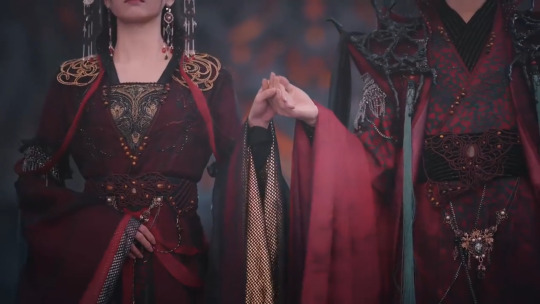
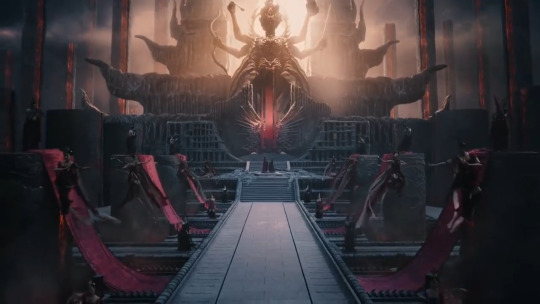
The goth wedding of the century
#Till the End of the Moon#she took his hand - she didn't do that in the mortal wedding#love that this is basically the devil version of Ming Ye and Sang Jiu's wedding#hoping for a comparison of the dancers and musicians in the both weddings pls gif people (ㅅ´ ˘ `)♡#devilized Dunhuang style like whoa#excuse my bad quality screenshots#episode 39#spoiler
57 notes
·
View notes
Text

ming fan lives in my head rent free fr.
i gave him a lip freckle. i think it's fun.
#danmei#fanart#digital art#svsss#scumbag system#doodle#inconsistent art style#digital artist#ming fan fanart#ming fan#mxtx svsss#mxtx fanart#i have so many thoughts#TRYING TO COLOUR IS SO FREAKING TRASH#wouldn't recommend#artists on tumblr#my art
364 notes
·
View notes
Text
the thing about zhang yimou is he makes unbelievably gorgeous stripped-down films on a shoestring budget, but if you give him even a hint of a big budget he WILL take every last dollar you had even considered giving him and hire five thousand extras and make a set bigger than god and get gold costumes and
20 notes
·
View notes